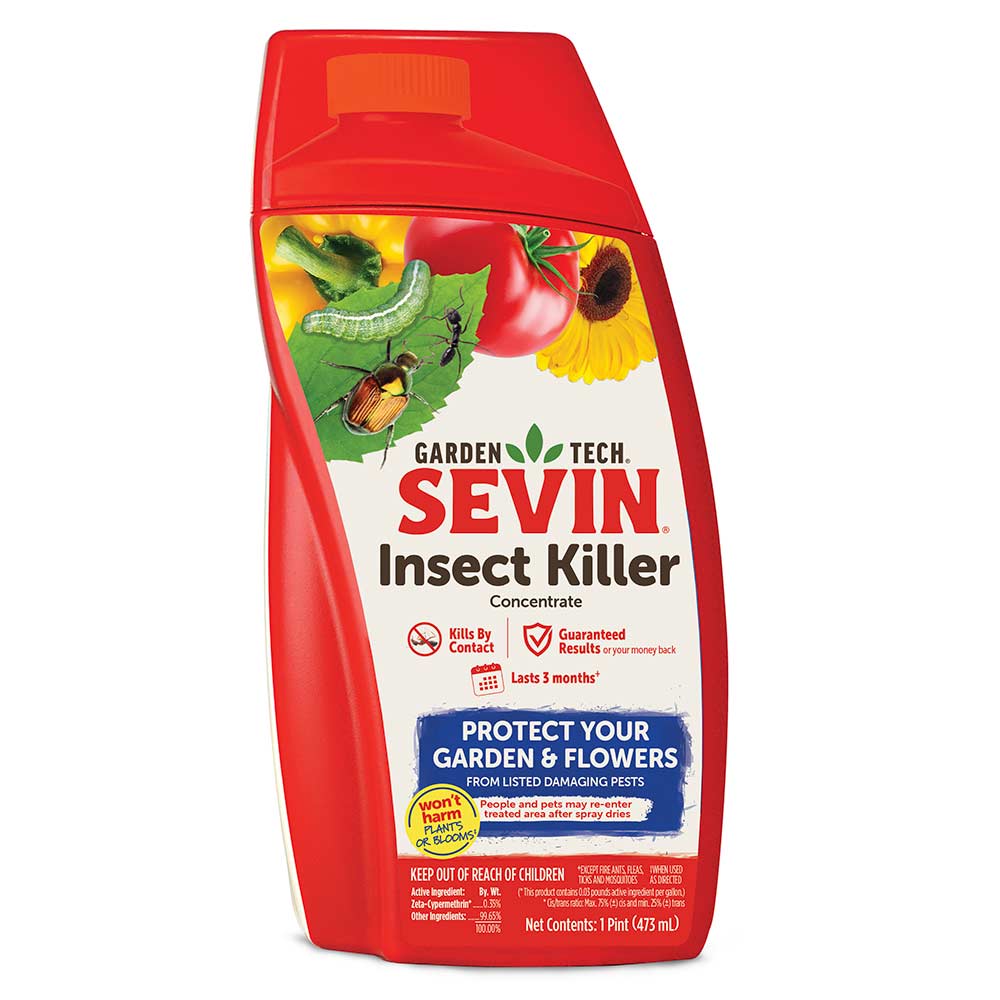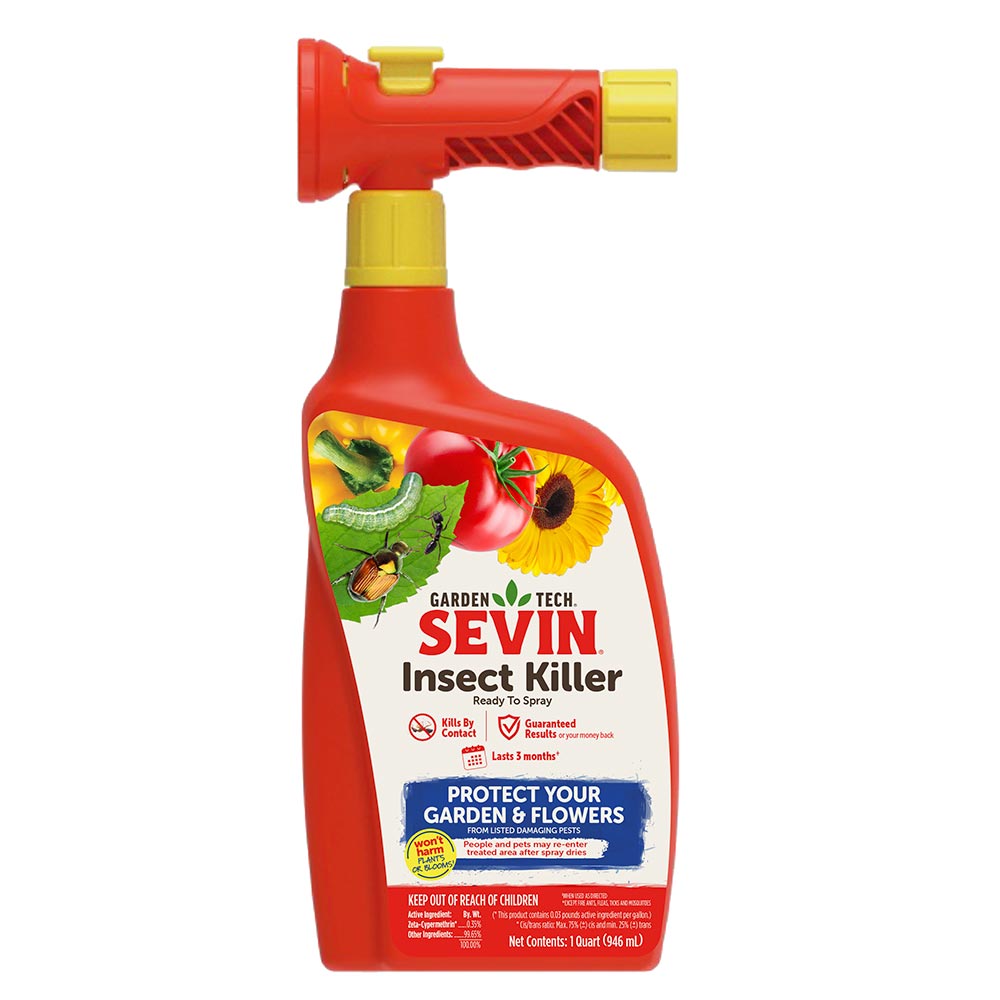Spotted Lanternfly
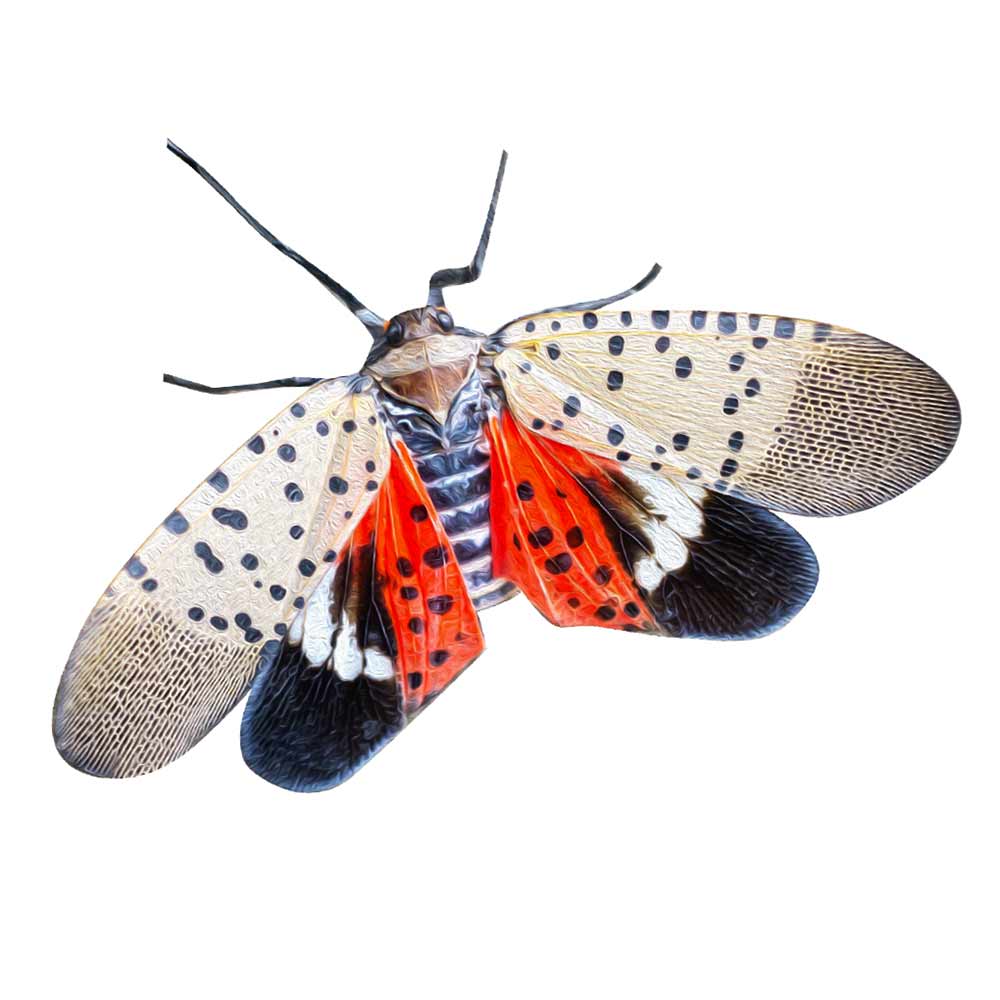

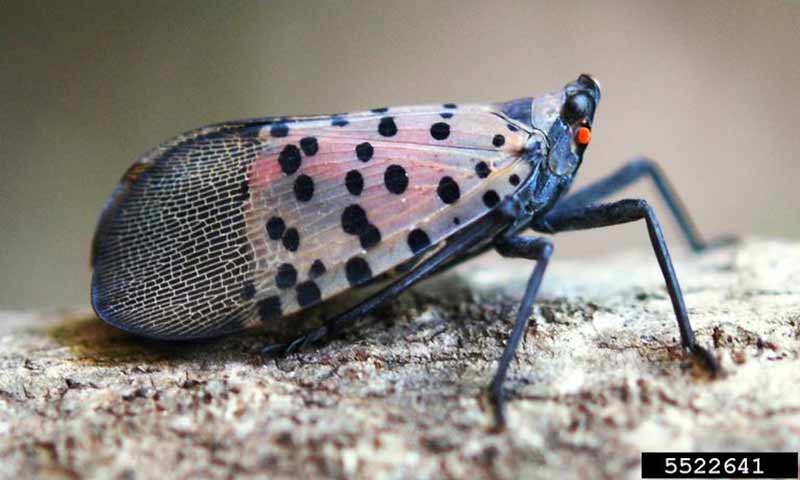
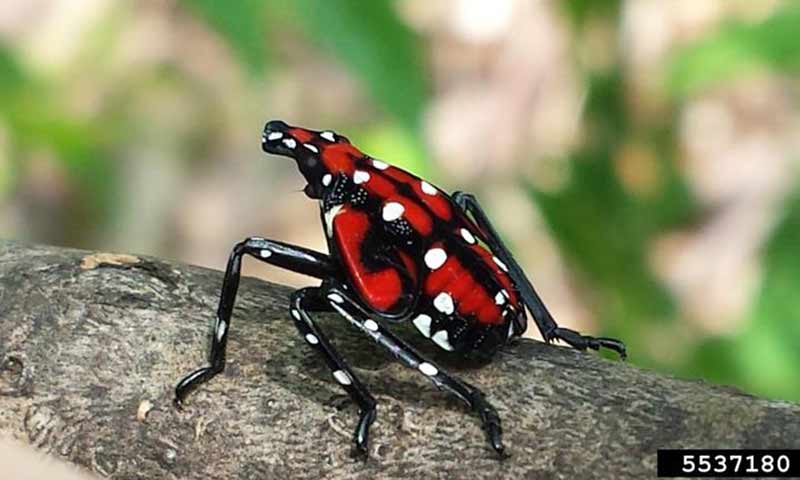
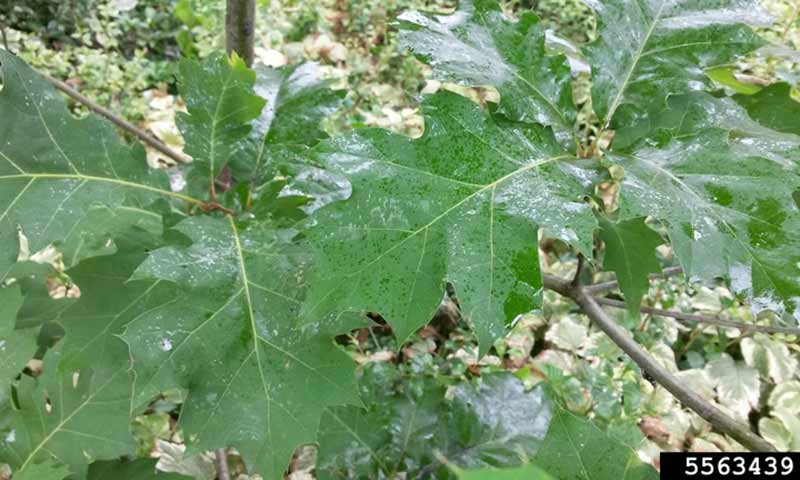
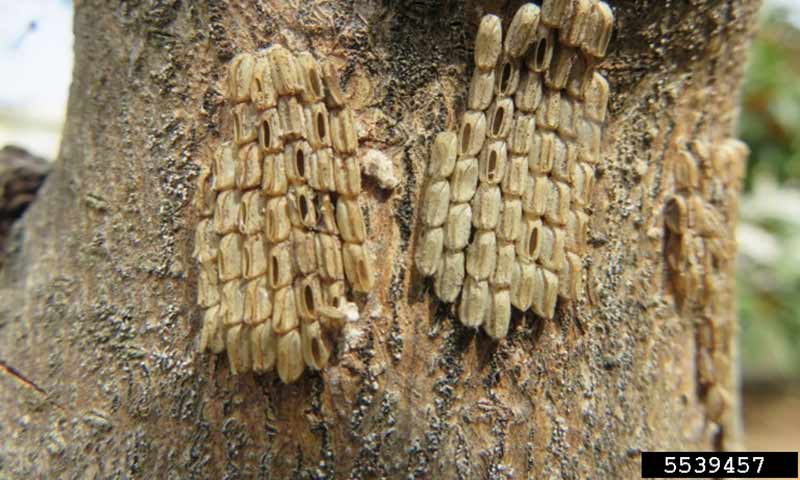
Spotted lanternflies are destructive insects new to the United States. First identified in Pennsylvania in 2014, these invasive Asian natives threaten to spread through much of North America if left unchecked. With few natural predators to stop them, their damage to ornamental plants, trees and agricultural crops is significant. Byproducts of their feeding frenzies also impact the quality of life for those who live nearby.
Spotted Lanternfly Identification
Spotted lanternflies are very distinctive at every life stage. Though adults are often mistaken for moths, these pests are true bugs more closely related to stink bugs and aphids.
At rest, adult spotted lanternflies measure 1 inch long and 1/2 inch wide. They have black heads, short antennae and yellow abdomens with black bands. Black spots on their pinkish-gray forewings progress to brick-like patterns on wing tips. Open wings reveal black and white hindwings with brilliant red patches spotted with black. The adult wingspan measures about 2 inches.
Juvenile spotted lanternflies pass through four wingless nymph stages known as instars. Sometimes mistaken for ticks, the first three instars have black legs and bodies, both with bright white spots, and grow up to 1/4 inch long. The final nymph stage is vibrant red and black with white spots and measures 1/2 to 3/4 inch.
Signs or Damage of Spotted Lanternflies
The first signs of spotted lanternflies are often the pests themselves. These swarm feeders gather in large numbers that are hard to miss. Their piercing-sucking mouthparts penetrate plant tissue and tree bark and consume large amounts of vital sap. Affected trees and plants may wilt, drop leaves, ooze sap, die back and eventually die.
Early stage nymphs prefer tender new plant growth. Red-stage nymphs and adults blanket tree trunks and penetrate bark. As they feed, spotted lanternflies excrete large amounts of honeydew, coating nearby surfaces in sticky goo. The honeydew attracts yellow jackets, ants and other pests, and eventually develops into black sooty mold.
Spotted lanternfly egg masses appear on all types of hard surfaces from tree trunks to patios, grills and cars. About 1 inch in length, putty-like fresh masses age to look like cracked mud.
How to Control Spotted Lanternflies
Effective spotted lanternfly control requires fighting these invasive pests at every life stage. Report all sightings to your local extension office or state department of agriculture immediately. Scrape egg masses from surfaces and destroy eggs by smashing or burning. Check firewood, vehicles and other surfaces regularly to make sure you don't transport eggs.
GardenTech brand's Sevin Insect Killer line offers two highly effective products to kill spotted lanternfly juveniles and adults by contact and keep protecting against spotted lanternflies for up to three months. These non-staining formulas treat shrubs, vegetable gardens, flower gardens, home foundations (up to 3 feet high) and trees (up to heights of 10 feet):
- Sevin Insect Killer Concentrate, designed for use with a pump-style sprayer, is ideal for extensive coverage of small trees, tree trunks, shrubs and outdoor surfaces. Spray all surfaces thoroughly. Give special attention to tree trunks, where spotted lanternflies frequently congregate.
- Sevin Insect Killer Ready to Spray attaches to a common garden hose and provides quick, thorough coverage for plants, trees and outdoor areas. There is no measuring and mixing required on your part; the convenient container does it for you automatically as you spray.
Spotted Lanternfly Control Tip: Spotted lanternfly nymphs don't have wings, but they're strong jumpers. Be prepared for them to jump when disturbed.
Always read product labels thoroughly and follow instructions, including guidelines for listed plants and pests, application frequency and pre-harvest intervals (PHI) for edible crops.
GardenTech is a registered trademark of Gulfstream Home and Garden, Inc.
Sevin is a registered trademark of Tessenderlo Kerley, Inc.
Photo Credit:
Photo credit: Pennsylvania Department of Agriculture, Bugwood.org, CC BY 3.0 US
Photo credit (3-6): Lawrence Barringer, Pennsylvania Department of Agriculture, Bugwood.org, CC BY 3.0 US
Photo credit: Kenneth R. Law, USDA APHIS PPQ, Bugwood.org, CC BY 3.0 US
¿No es este su insecto?
Vea todos los insectos

